What is Active Transportation?
Active transportation is any self-propelled, human-powered mode of transportation, such as walking or bicycling.
Forms of active transportation include:
- Walking/Running/Jogging
- Cycling
- Skateboarding/scootering
- Using a wheelchair
Benefits of Active Transportation
Using active transportation ensures that everyone is active during their day and this helps us be healthier! There are many other benefits as well:
- Exercise and fresh air every day for the walkers.
- Get rid of extra energy, better concentration in class.
- Get to know your neighbourhood and feel safe in it.
- Learn important pedestrian safety skills.
- Builds children’s independence and confidence.
- Fewer students being dropped off = fewer cars at school = a safer school zone!
- Fewer cars = less pollution & greenhouse gas emissions.
- Walking is free! Driving a vehicle costs money (gas, maintenance).
Promote Active, Safe Transportation in your school
Here are some ideas of ways you can promote active transportation in your school!
- Promote the benefits of walking to school (exercise, fresh air, less traffic around the school).
- Ask to make a morning announcement about active transportation and share pedestrian safety tips.
- Ask your Principal or Teacher to contact the Ottawa Safety Council to book Pedestrian Safety Presentations or a Bike Rodeo at your school or for resources about the program if in-person presentations are not possible.
- Invite your friends to walk/bike to school with you.
- Set a safe pedestrian or cycling example when walking and cycling in your neighbourhood by following all road signs and rules.
Trying something new, anything new, including walking to school when you’re used to taking the bus, can make people nervous. Start small and walk or wheel to school a few days a week (or even partway, depending on the distance). Then, once you get more comfortable, increase the number of days you use active transportation to get to and from school. Every little it counts!
Do you have Road SMARTS?
Road safety is a shared responsibility, regardless of how you use the road. Our friends, family, children, and colleagues are impacted several times daily by road safety. When tragedy strikes, too often we feel powerless in terms of making an impact to prevent further issues. If you would like to get more involved in road safety, we invite you to take the #RoadSMARTS pledge. By taking the Road SMARTS Pledge, you Support Making All Road Travel Safe, which can help improve road safety for everyone. When road behaviours change, accidents can be reduced. For more information and to take the pledge for free, visit https://www.road-smarts.ca/

